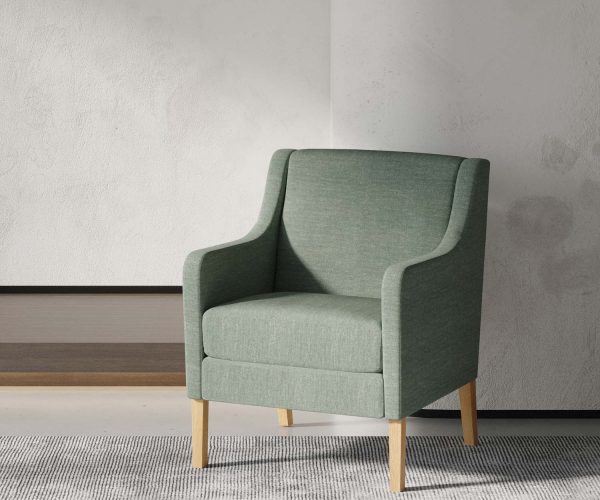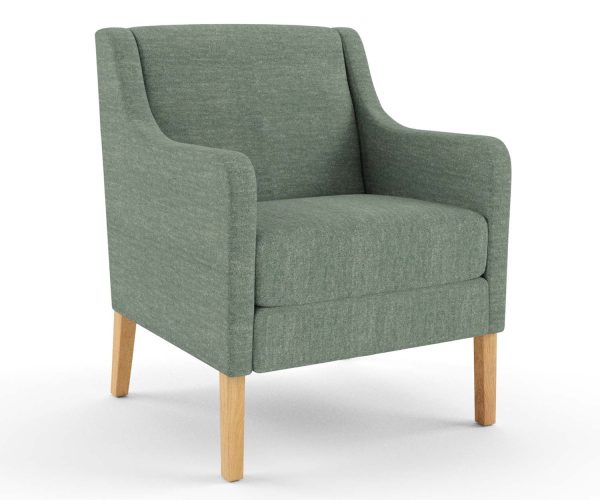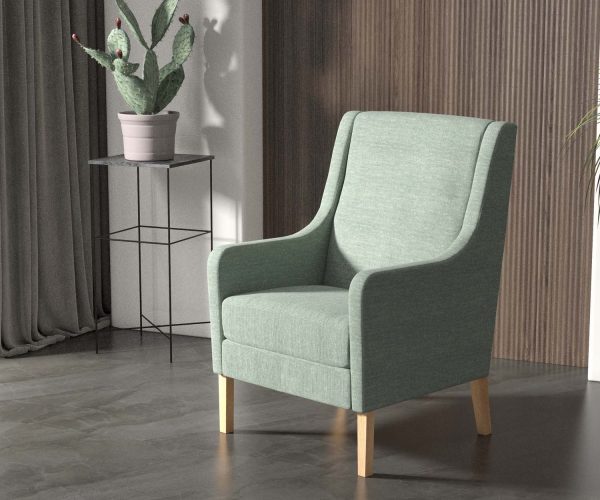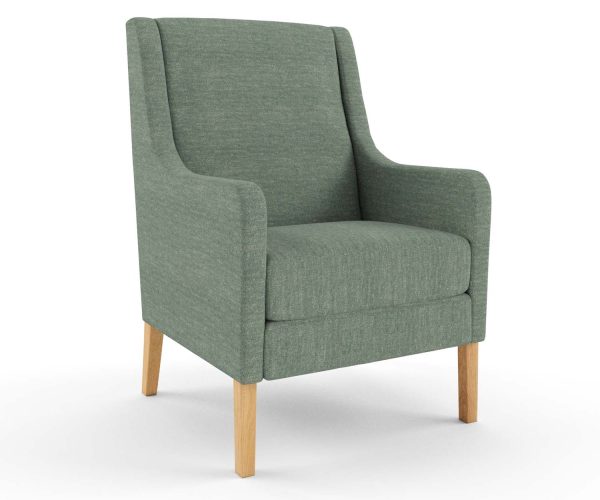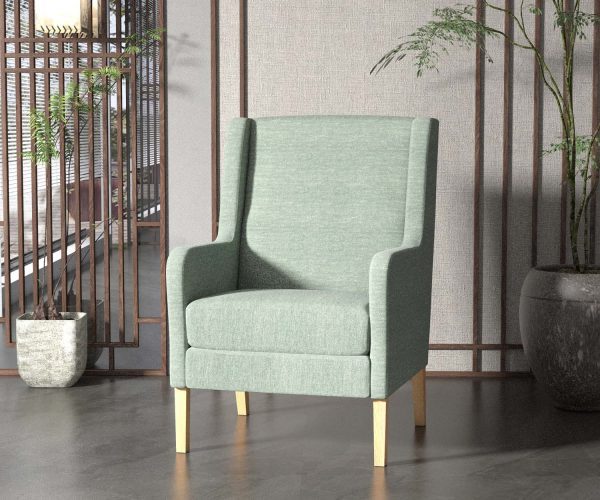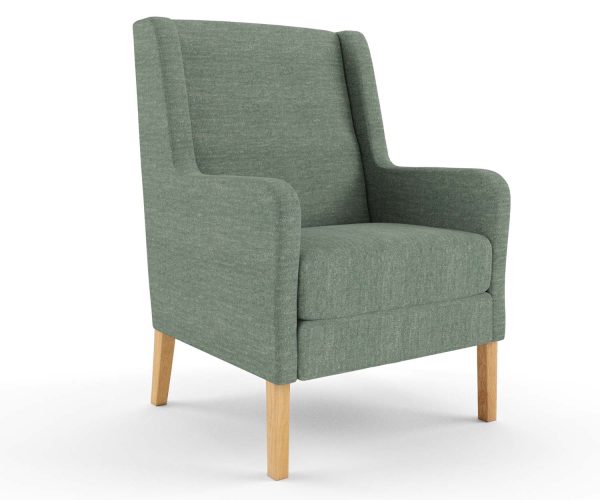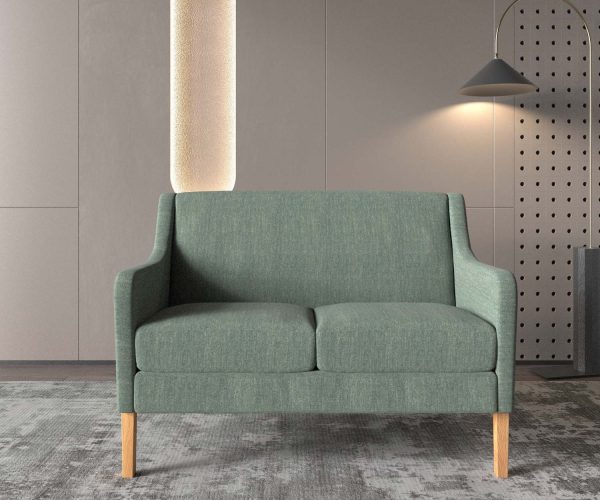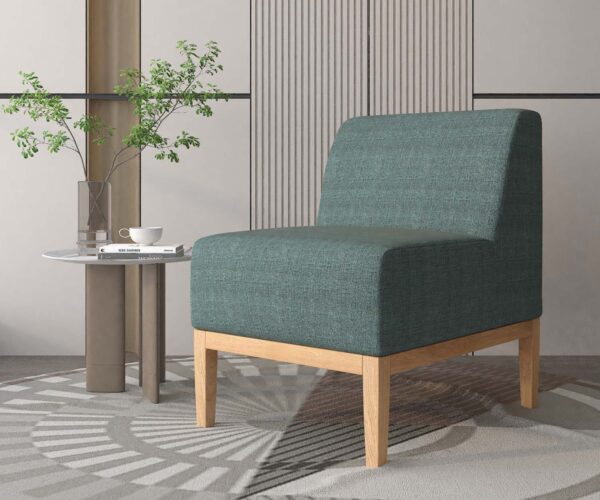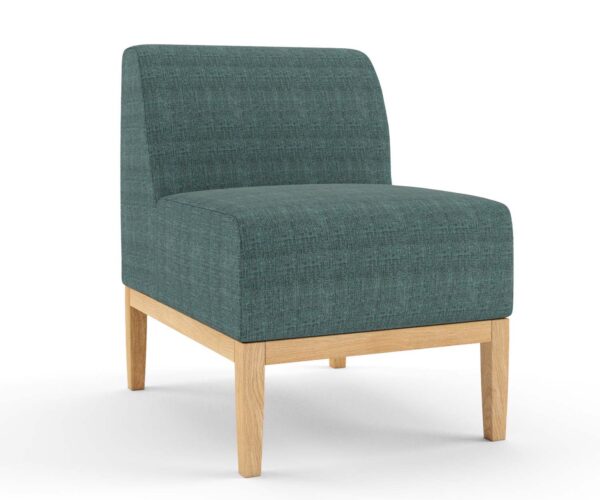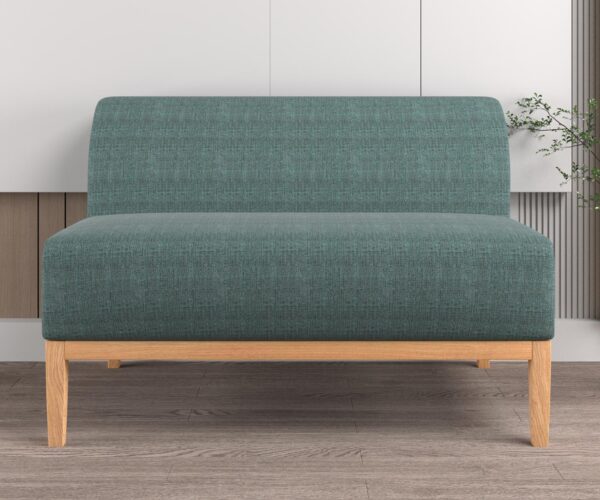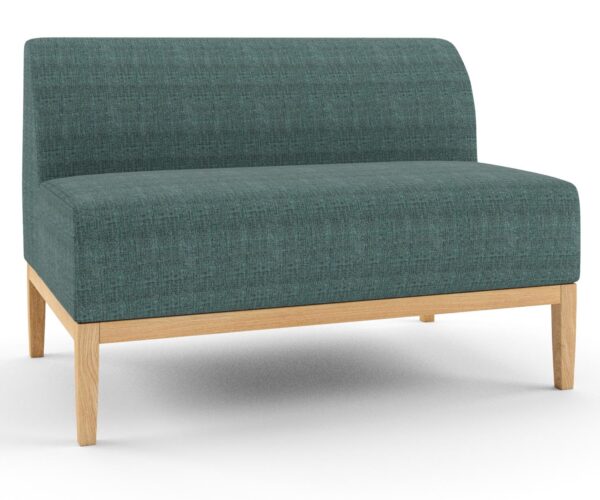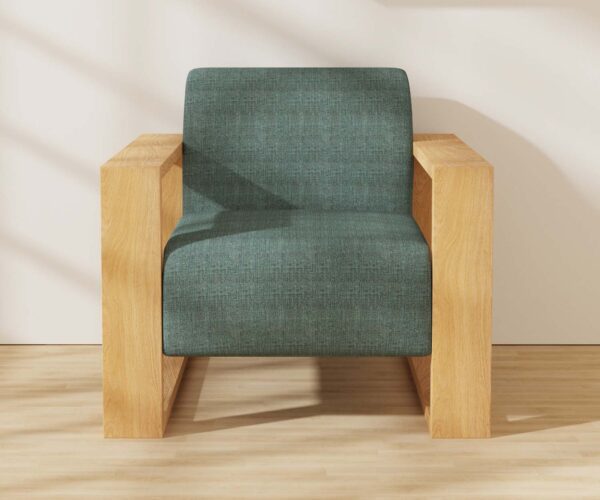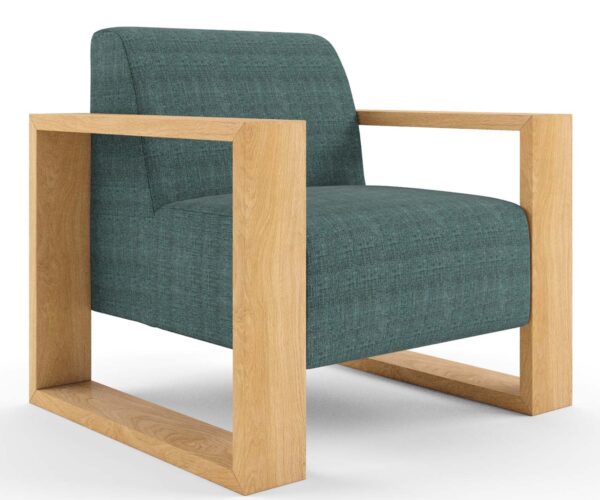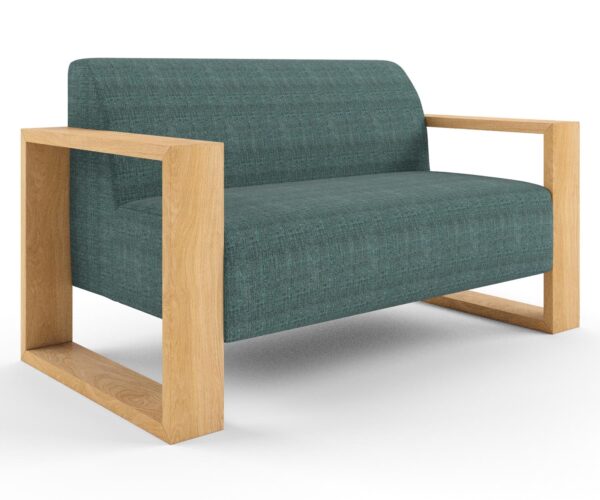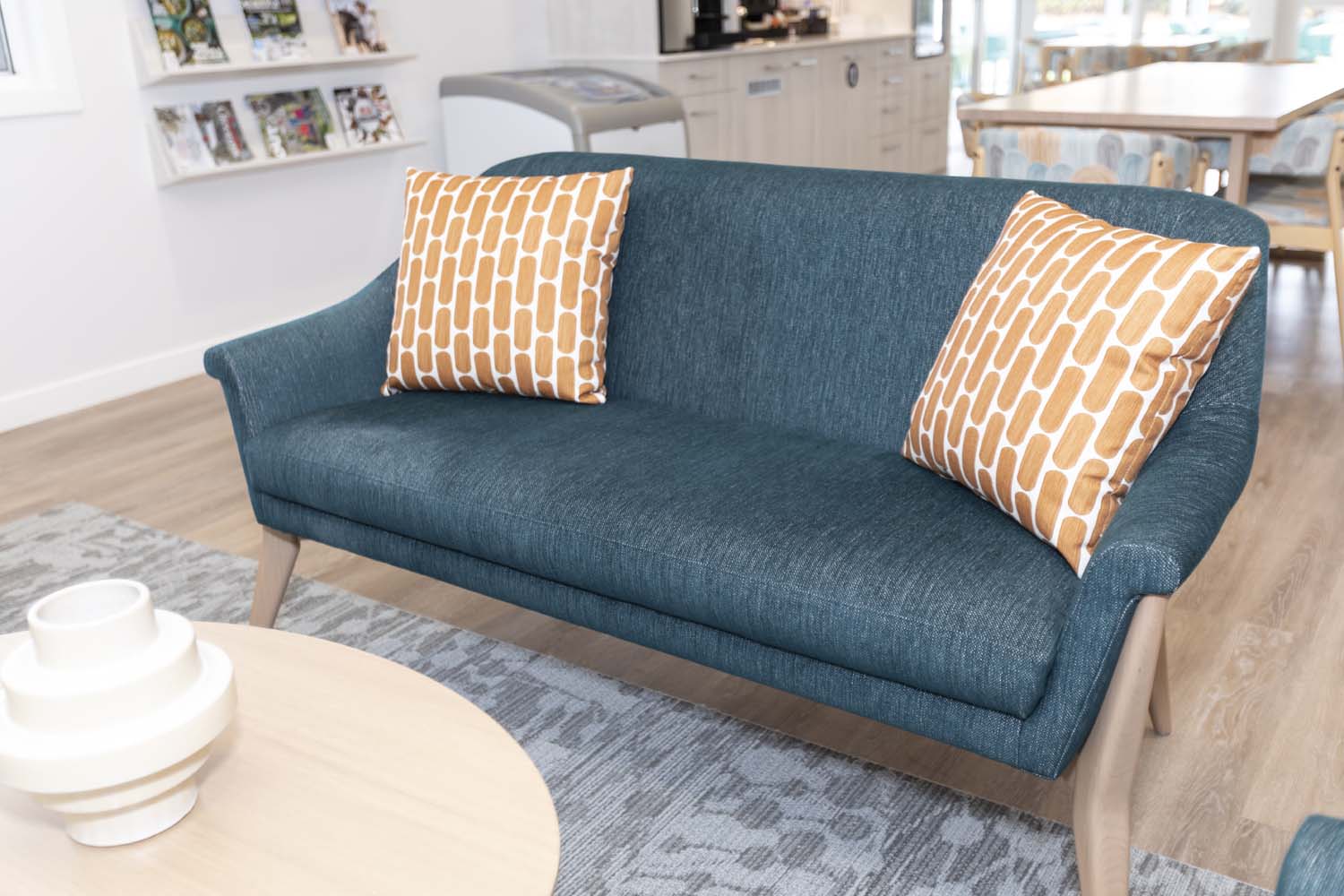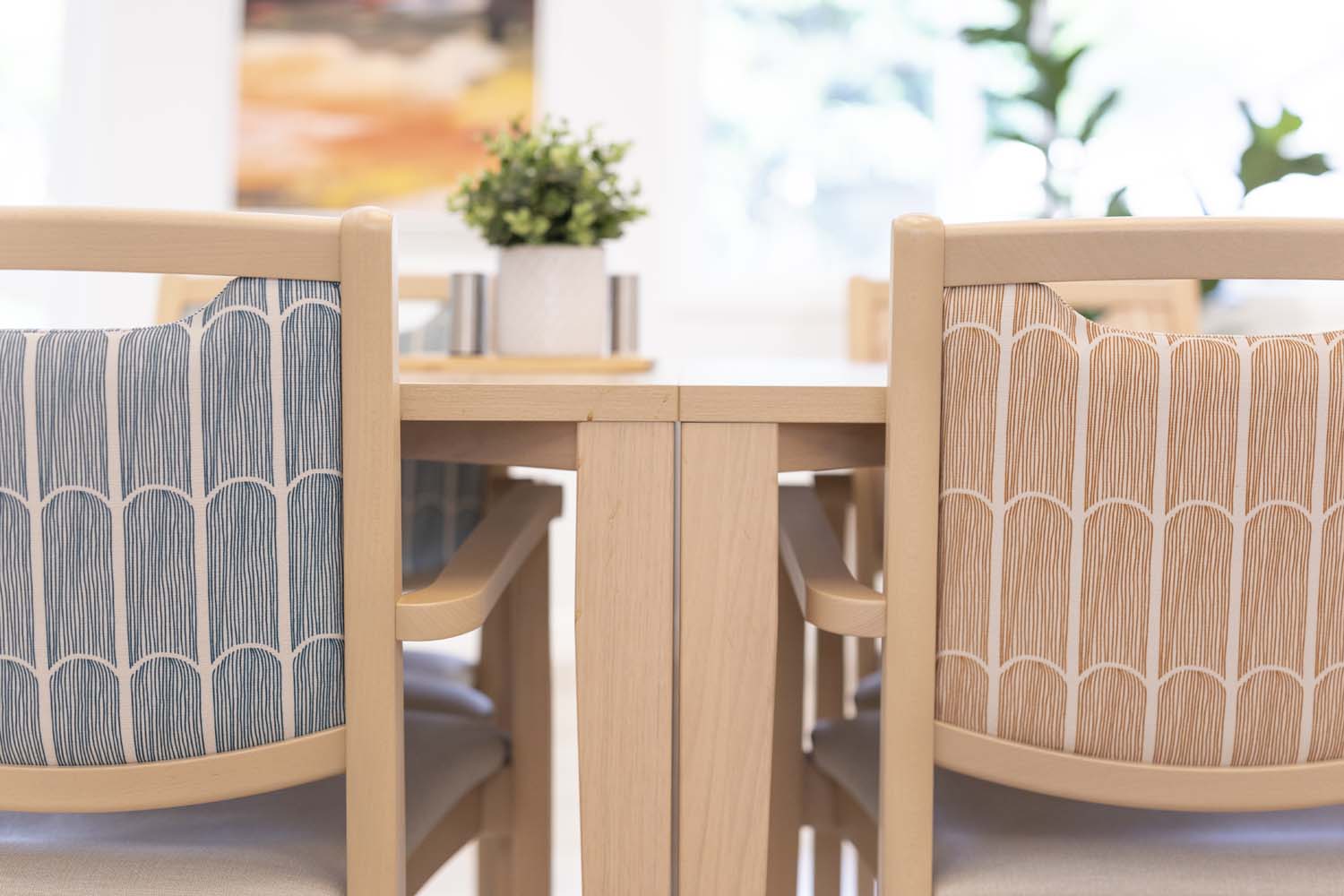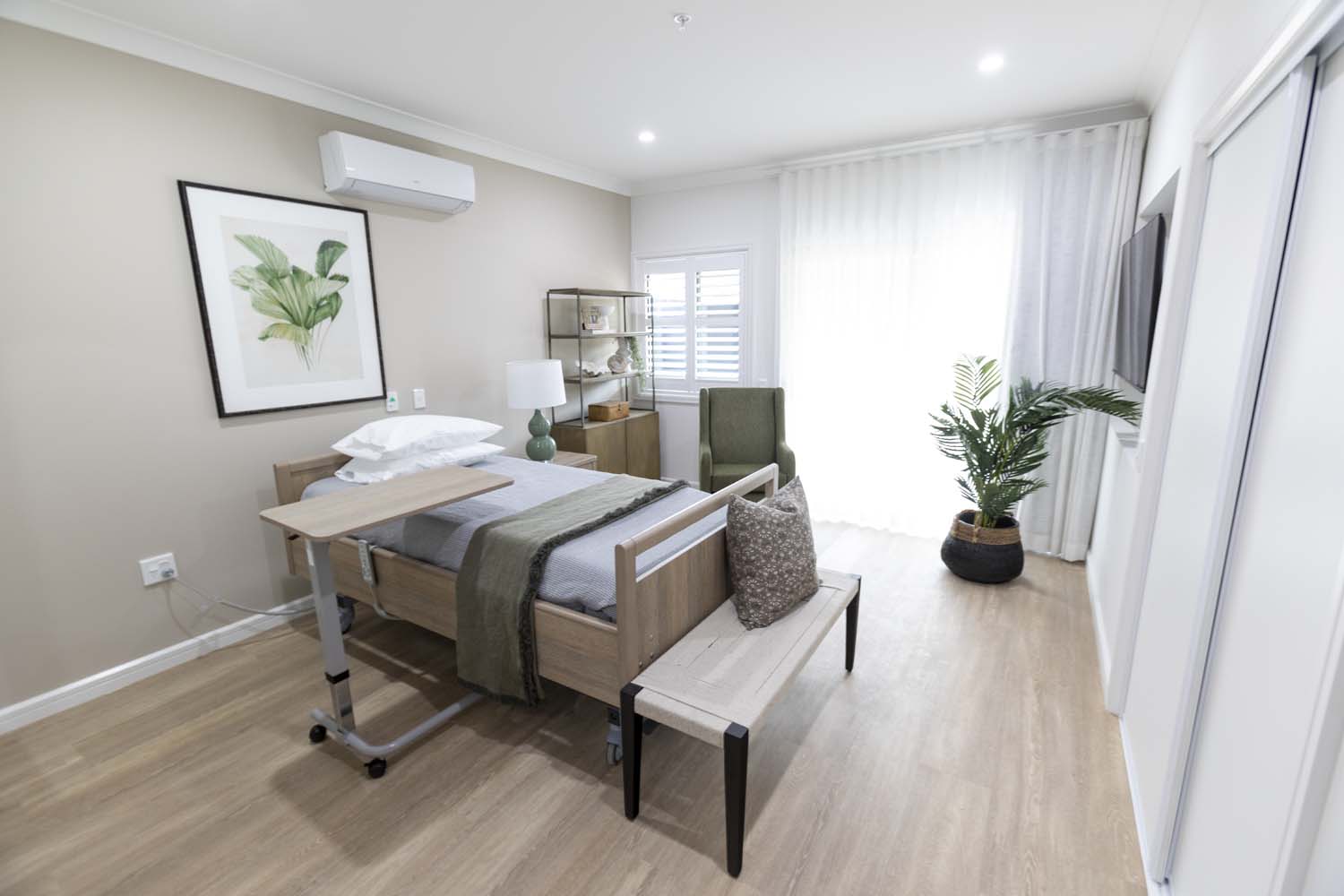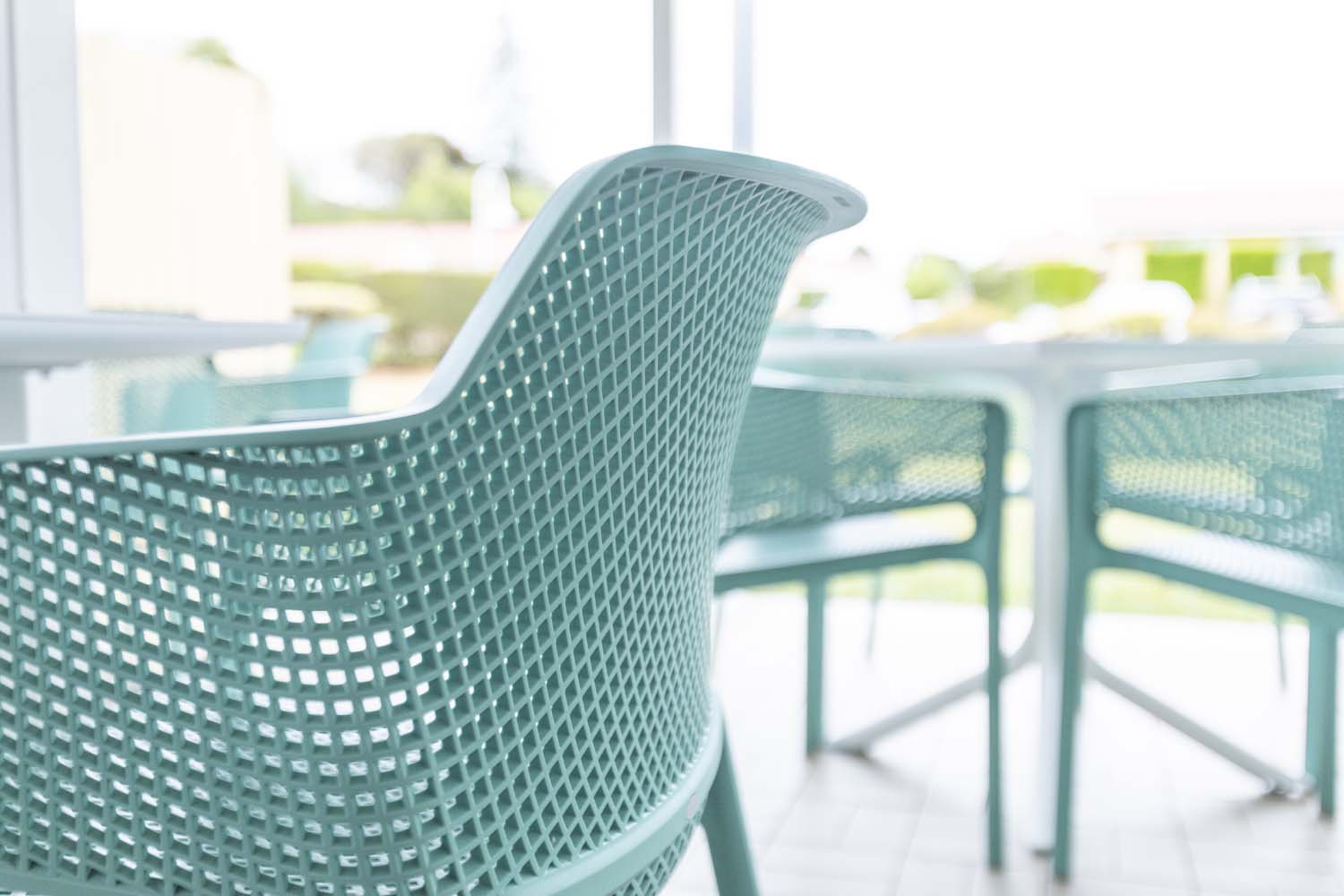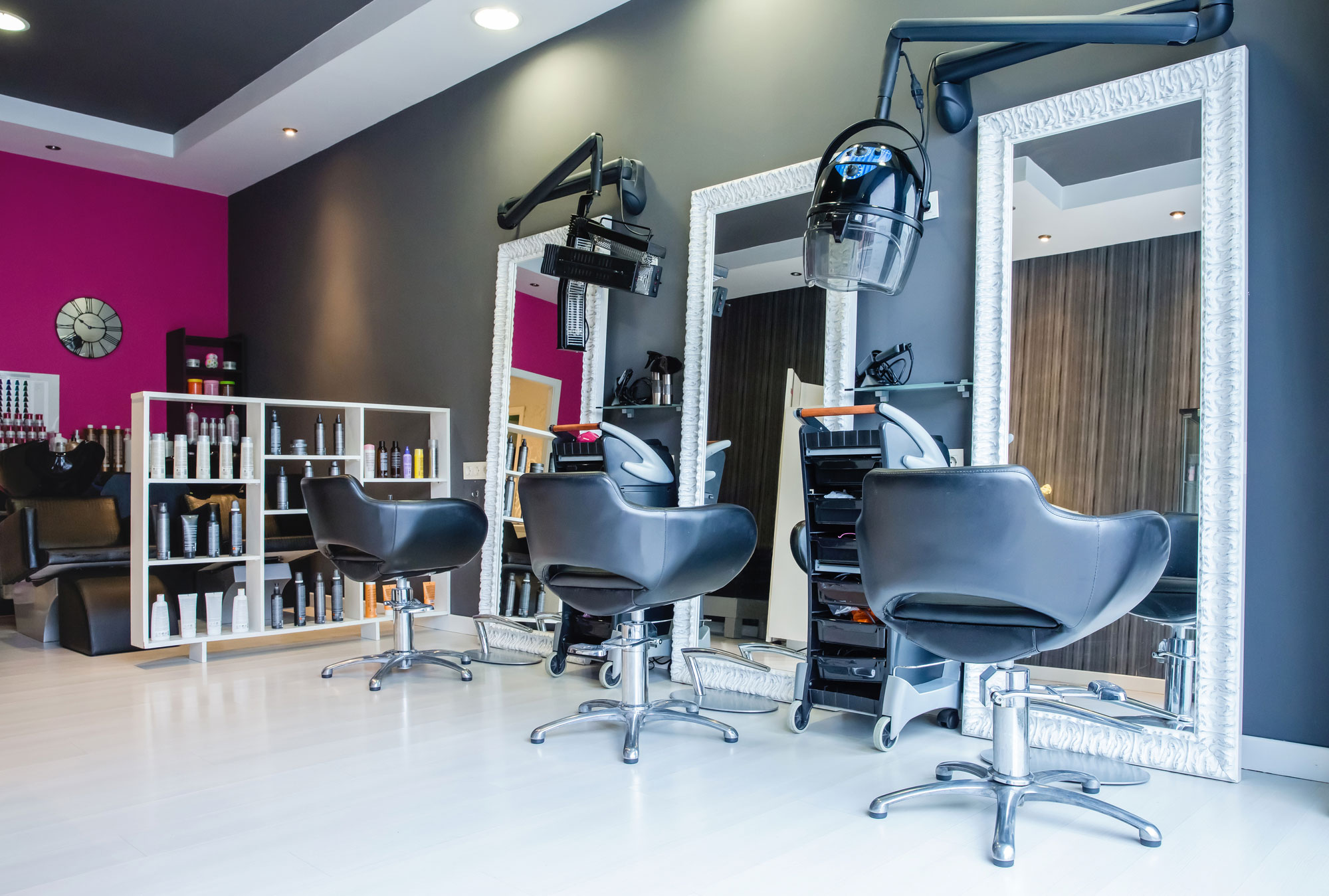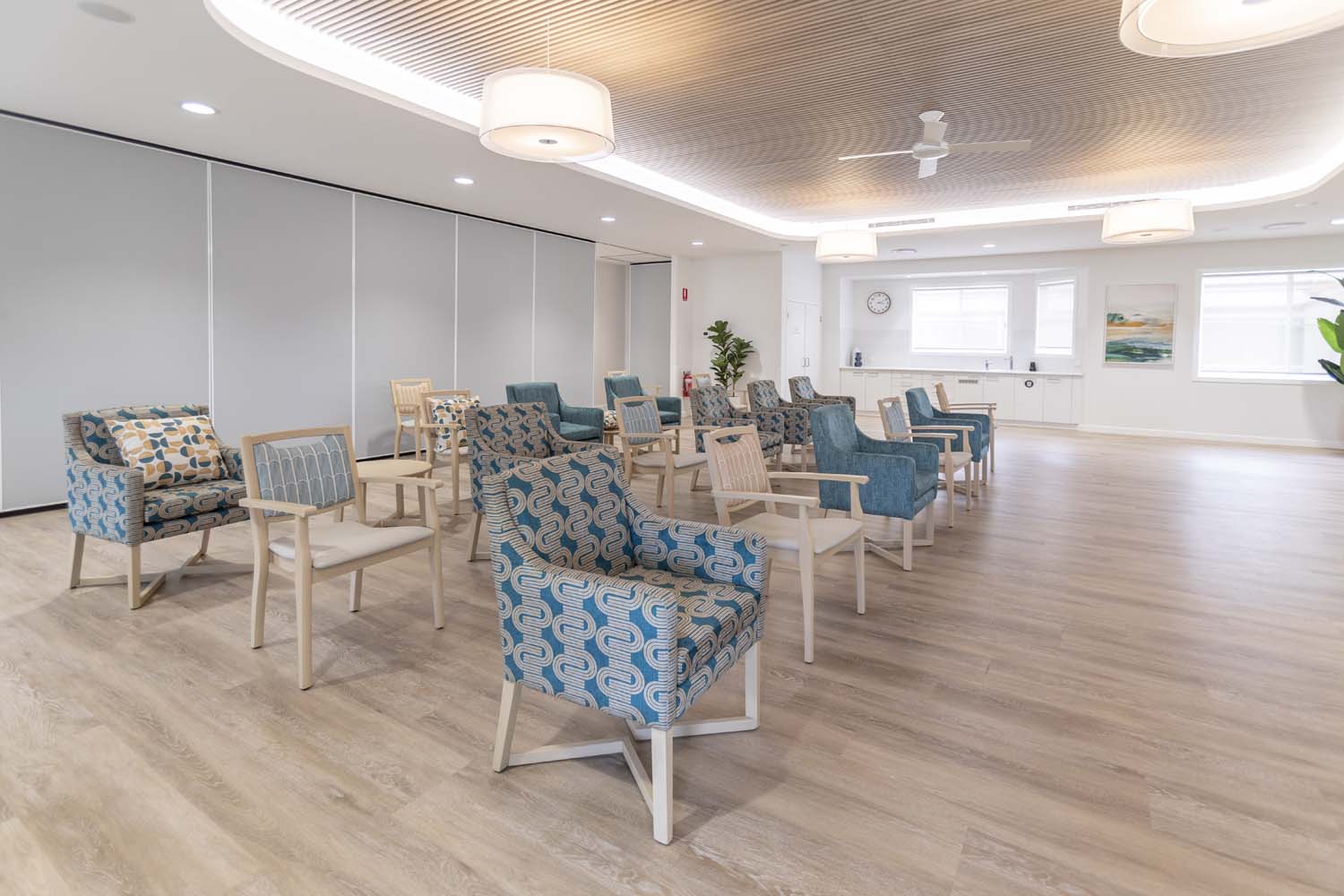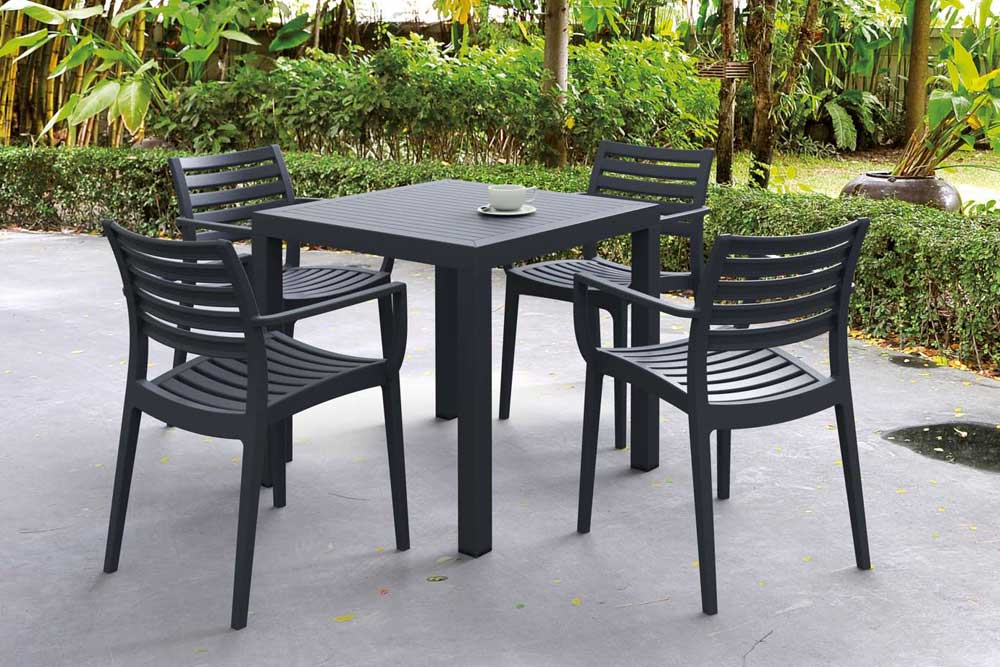What Your Furniture Supplier Should Be Doing for You: A 2025 Health and Aged Care Procurement Checklist
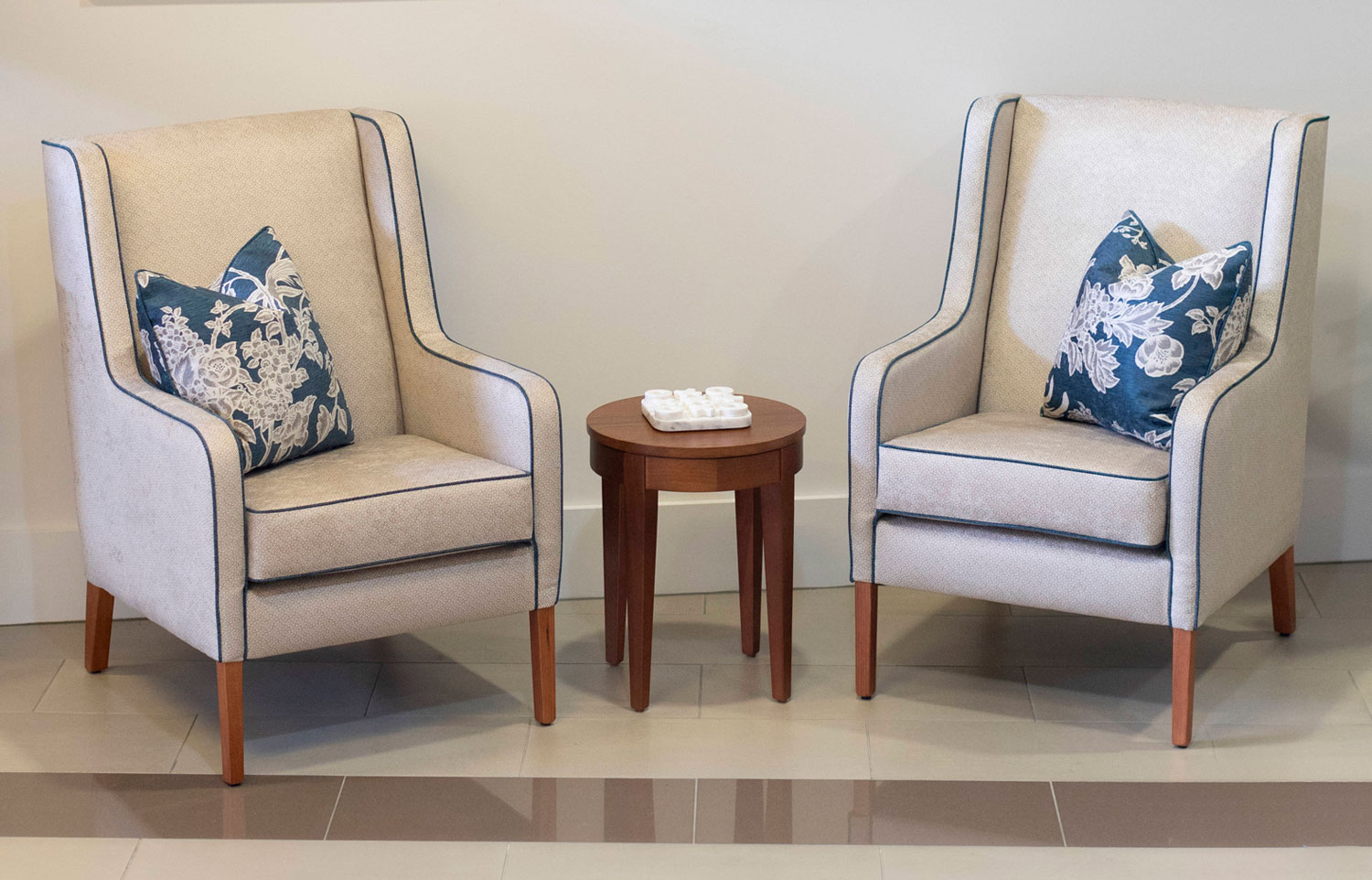
Let’s face it—health and aged care furniture procurement has never been more complex. Between tightening budgets, higher expectations from the Royal Commission, evolving resident and patient needs, and increasing pressure to meet Environmental, Social, and Governance (ESG) goals, procurement managers have a lot to juggle.
That’s why your furniture supplier needs to be more than just a product provider—they need to be a proactive partner.
Here’s a 2025-ready checklist to help you assess whether your current (or future) supplier is meeting the mark.
1. Understands Health and Aged Care Environments
Not all commercial furniture is designed with health and aged care in mind. Your supplier should:
-
Know the difference between health-grade and hospitality-grade materials
-
Offer options that consider mobility, sensory needs, and dementia-friendly design
-
Understand compliance with fire retardant standards, infection control, and cleaning requirements
-
Recommend furniture styles that support a homely, non-institutional feel
Tip: Ask if their team has experience furnishing health and aged care facilities and can provide case studies.
2. Offers Customisation Within a Standardised Framework
You don’t need 100 different chair types—but you do need to match colour palettes, room functions, and resident needs across your site. A good supplier should:
-
Offer a core range of proven products
-
Provide custom options for fabric, timber stains, and finishes
-
Guide you in narrowing down selections so you’re not overwhelmed
-
Help you meet specific spatial or operational requirements (e.g., bariatric seating or infection control materials)
3. Helps You Plan for the Whole Project—Not Just Individual Items
Managing a fitout or refurb isn’t just about choosing furniture pieces. Your supplier should be helping you manage:
-
Lead times—especially if items are made to order or imported
-
Staging deliveries to match your operational needs (e.g., avoiding meal or medication times)
-
Storage and access logistics—especially important on tight or active sites
-
Assembly and installation, so it doesn’t fall back on your care staff
Red flag: If a supplier drops furniture off at your door and walks away, they’re not truly servicing health and aged care.
4. Communicates Clearly and Often
You shouldn’t have to chase your supplier for updates. Look for:
-
A clear point of contact (ideally a dedicated project consultant)
-
Regular check-ins at key milestones
-
Transparency around timelines, availability, and possible delays
-
Proactive problem-solving—not just last-minute apologies
Good communication helps you stay in control and reduces stress across your team.
5. Supports ESG and Local Sourcing Goals
Environmental, Social, and Governance (ESG) considerations are increasingly important in health and aged care procurement. Ask your supplier:
-
Do they manufacture locally or import?
-
What’s their policy on waste, recycling, or sustainable timber sourcing?
-
Can they support social procurement goals (e.g., using Australian manufacturers or employing people with disabilities)?
-
Are their products backed by warranty and built to last, reducing landfill?
6. Provides Long-Term Support and Warranty
After installation, your supplier’s job isn’t over. You should be able to rely on them for:
-
Warranty support (ideally 10 years for structural issues)
-
Access to spare parts or touch-up kits
-
Re-ordering of key furniture lines over time
-
Advice if you’re reconfiguring or extending your facility
7. Makes Your Job Easier
Above all, your furniture supplier should take work off your plate—not add to it. That means:
-
Clear documentation (quotes, specifications, delivery plans)
-
Help with presentations or sample boards for internal stakeholder approval
-
Respecting your time, your residents, and your staff throughout the process
If they’re not making things easier, it may be time to re-evaluate.
In Summary: The Right Supplier is a Strategic Partner
Furniture in health and aged care isn’t just about aesthetics—it’s about comfort, safety, dignity, and quality of life. As a procurement manager, you need suppliers who get that, and who actively work with you to deliver better outcomes for residents, patients and staff alike.
Use this checklist during your next procurement cycle or project planning meeting—and share it with your team. The right partner can make all the difference.
Looking for a supplier who understands health and aged care inside and out?
At FHG, we’ve been creating health and aged care furniture across Australia for over 25 years. We’d be happy to talk through your next project—no pressure, just helpful advice.
Contact us today for a consultation.
FHG to Attend the 10th Annual PASA Health & Aged Care Procurement Conference
We’re excited to share that FHG will be exhibiting at the 2025 PASA Health & Aged Care Procurement Conference on 4–5 June 2025 at Royal Randwick Racecourse, Sydney.
This annual event brings together the largest gathering of procurement leaders in the health and aged care sectors from across Australia and New Zealand. With more than 300 professionals expected to attend, the conference is a valuable opportunity to connect, collaborate, and explore new solutions to the sector’s most pressing procurement challenges.
FHG will be co-exhibiting with Aidacare at Booths 46 & 47, showcasing how our locally made, purpose-built furniture supports smarter, more sustainable procurement in aged care and healthcare environments.
See you there!
Custom Furniture for Health and Aged Care
More News
What Your Furniture Supplier Should Be Doing for You: A 2025 Health and Aged Care Procurement Checklist

Let’s face it—health and aged care furniture procurement has never been more complex. Between tightening budgets, higher expectations from the Royal Commission, evolving resident and patient needs, and increasing pressure to meet Environmental, Social, and Governance (ESG) goals, procurement managers have a lot to juggle.
That’s why your furniture supplier needs to be more than just a product provider—they need to be a proactive partner.
Here’s a 2025-ready checklist to help you assess whether your current (or future) supplier is meeting the mark.
1. Understands Health and Aged Care Environments
Not all commercial furniture is designed with health and aged care in mind. Your supplier should:
-
Know the difference between health-grade and hospitality-grade materials
-
Offer options that consider mobility, sensory needs, and dementia-friendly design
-
Understand compliance with fire retardant standards, infection control, and cleaning requirements
-
Recommend furniture styles that support a homely, non-institutional feel
Tip: Ask if their team has experience furnishing health and aged care facilities and can provide case studies.
2. Offers Customisation Within a Standardised Framework
You don’t need 100 different chair types—but you do need to match colour palettes, room functions, and resident needs across your site. A good supplier should:
-
Offer a core range of proven products
-
Provide custom options for fabric, timber stains, and finishes
-
Guide you in narrowing down selections so you’re not overwhelmed
-
Help you meet specific spatial or operational requirements (e.g., bariatric seating or infection control materials)
3. Helps You Plan for the Whole Project—Not Just Individual Items
Managing a fitout or refurb isn’t just about choosing furniture pieces. Your supplier should be helping you manage:
-
Lead times—especially if items are made to order or imported
-
Staging deliveries to match your operational needs (e.g., avoiding meal or medication times)
-
Storage and access logistics—especially important on tight or active sites
-
Assembly and installation, so it doesn’t fall back on your care staff
Red flag: If a supplier drops furniture off at your door and walks away, they’re not truly servicing health and aged care.
4. Communicates Clearly and Often
You shouldn’t have to chase your supplier for updates. Look for:
-
A clear point of contact (ideally a dedicated project consultant)
-
Regular check-ins at key milestones
-
Transparency around timelines, availability, and possible delays
-
Proactive problem-solving—not just last-minute apologies
Good communication helps you stay in control and reduces stress across your team.
5. Supports ESG and Local Sourcing Goals
Environmental, Social, and Governance (ESG) considerations are increasingly important in health and aged care procurement. Ask your supplier:
-
Do they manufacture locally or import?
-
What’s their policy on waste, recycling, or sustainable timber sourcing?
-
Can they support social procurement goals (e.g., using Australian manufacturers or employing people with disabilities)?
-
Are their products backed by warranty and built to last, reducing landfill?
6. Provides Long-Term Support and Warranty
After installation, your supplier’s job isn’t over. You should be able to rely on them for:
-
Warranty support (ideally 10 years for structural issues)
-
Access to spare parts or touch-up kits
-
Re-ordering of key furniture lines over time
-
Advice if you’re reconfiguring or extending your facility
7. Makes Your Job Easier
Above all, your furniture supplier should take work off your plate—not add to it. That means:
-
Clear documentation (quotes, specifications, delivery plans)
-
Help with presentations or sample boards for internal stakeholder approval
-
Respecting your time, your residents, and your staff throughout the process
If they’re not making things easier, it may be time to re-evaluate.
In Summary: The Right Supplier is a Strategic Partner
Furniture in health and aged care isn’t just about aesthetics—it’s about comfort, safety, dignity, and quality of life. As a procurement manager, you need suppliers who get that, and who actively work with you to deliver better outcomes for residents, patients and staff alike.
Use this checklist during your next procurement cycle or project planning meeting—and share it with your team. The right partner can make all the difference.
Looking for a supplier who understands health and aged care inside and out?
At FHG, we’ve been creating health and aged care furniture across Australia for over 25 years. We’d be happy to talk through your next project—no pressure, just helpful advice.
Contact us today for a consultation.
FHG to Attend the 10th Annual PASA Health & Aged Care Procurement Conference
We’re excited to share that FHG will be exhibiting at the 2025 PASA Health & Aged Care Procurement Conference on 4–5 June 2025 at Royal Randwick Racecourse, Sydney.
This annual event brings together the largest gathering of procurement leaders in the health and aged care sectors from across Australia and New Zealand. With more than 300 professionals expected to attend, the conference is a valuable opportunity to connect, collaborate, and explore new solutions to the sector’s most pressing procurement challenges.
FHG will be co-exhibiting with Aidacare at Booths 46 & 47, showcasing how our locally made, purpose-built furniture supports smarter, more sustainable procurement in aged care and healthcare environments.
See you there!
Custom Furniture for Health and Aged Care
Commercial furniture by room
Based in Brisbane, we’re an Australian manufacturer of aged care furniture, retirement living furniture, hospital & healthcare furniture, hotel & accommodation furniture and student accommodation furniture. We also supply a range of commercial office furniture.
Discover the FHG Look Book: Your Source of Inspiration for Quality Australian-Made Commercial Furniture
- Quality Craftsmanship: See why we’ve been a trusted partner for over 25 years.
- Local Excellence: Learn how our Brisbane team ensures the highest standards.
- Inspiration and Ideas: Find innovative furniture solutions for any environment.
Don’t miss the opportunity to transform your commercial space with FHG’s expertly crafted furniture. Download the FHG Look Book today and start your journey towards exceptional design and quality.

